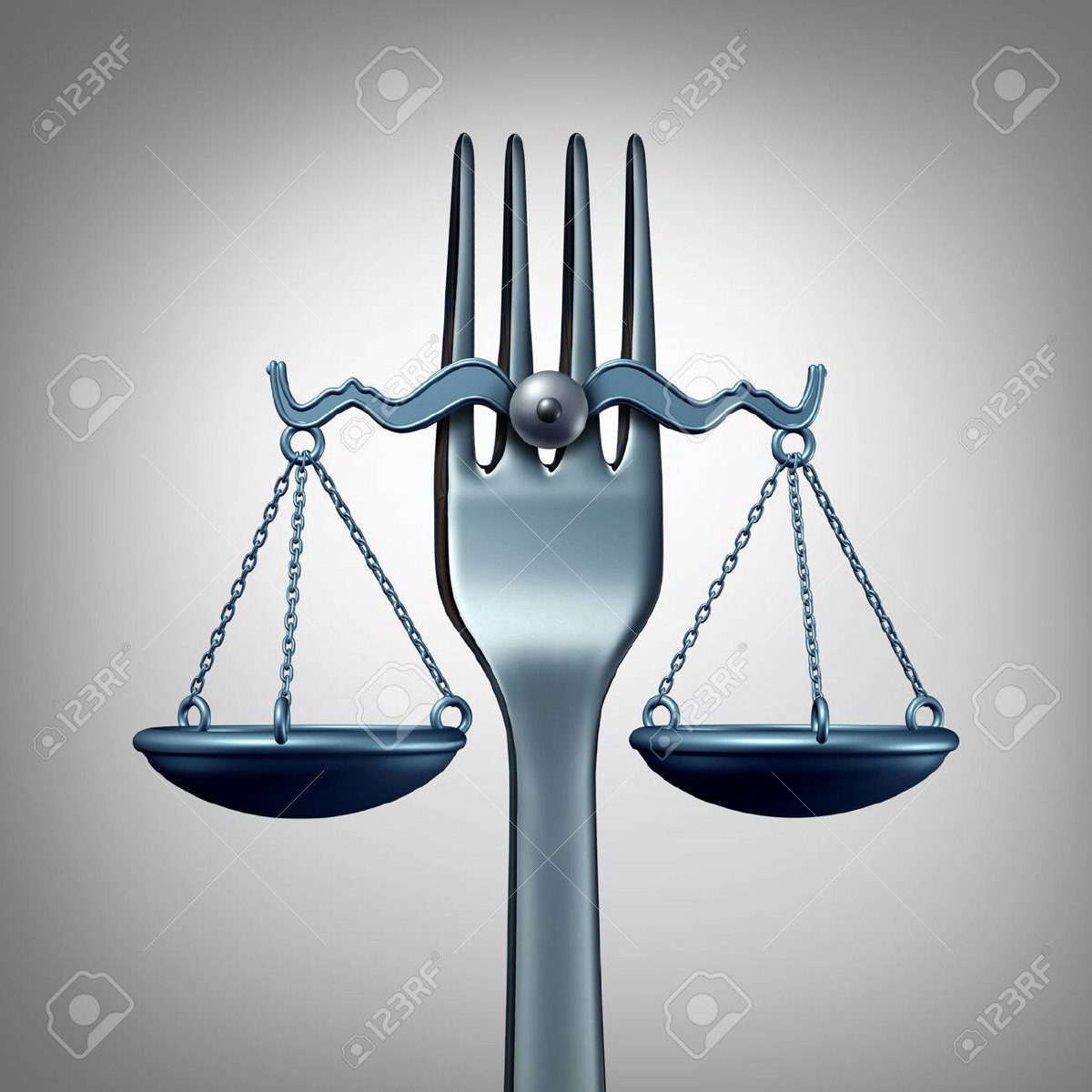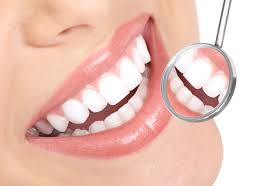Title Page
-
Conducted on
-
Prepared by
Personal Hygiene
-
All sinks are unobstructed, operational, and clean.
-
Employees wear clean and proper uniforms including shoes.
-
Employees use disposable tissues when coughing or sneezing and then immediately wash hands.
-
Effective here restraints are properly worn.
-
Finger nails are short, unpolished, and clean (no artificial nails).
-
Jewelry is limited to a plain green, such as the wedding band and the watch, and no bracelets.
-
Employees appear in good health.
-
Burns, wounds, sores or scabs, or splints and waterproof bandages on hands are bandaged and completely covered with a food service gloves while handling food.
-
Eating, drinking, chewing gum, smoking, or using tobacco are allowed only in designated areas away from preparation, service, storage, and WARE washing areas.
-
Hand sinks are stocked with soap, disposable towels, and warm water.
-
A handwashing sign is posted.
-
Employee restrooms are operational and clean.
-
Employees utilize acceptable hygienic practices (they don’t touch hair, face, nose and then handle food)
-
Comments:
Food Preparation
-
All food stored or prepared at the facility is from an approved source.
-
Food equipment, utensils, and food contact surfaces are properly washed, rinsed, and sanitized before every use.
-
Thawed food is not refrozen.
-
Frozen food is thawed under refrigeration, cooked to a proper temperature from frozen state, or cold running water.
-
Preparation is planned so ingredients are kept out of the temperature danger zone to the extent possible.
-
Food is tasted using the proper procedure.
-
Procedures are in place to prevent cross-contamination.
-
Food is prepared in small batches to limit the time it is in the temperature danger zone.
-
Clean reusable towels are used only for sanitizing equipment and surfaces and not for drying hands, utensils, or floor.
-
Food is cooked to the requisite safe temperature for the appropriate time. The thermometer is tested with a calibrated food thermometer.
-
The internal temperature of food being cooked is monitored and documented.
-
Food items in the refrigerator(s) are labeled and/or dated and scheduled to be served at the next meal.
-
Cracked or unpasteurized eggs are not used in foods that are not fully cooked.
-
Leftovers are cool quickly and promptly and shallow pans in the refrigerator or freezer.
-
Potentially hazardous foods are cooled from 135°F to 70°F within two hours; from 70°F to 41°F within four hours; the total time for cooling from 135°F to 41°F should not exceed six hours.
-
Comments:
Hot Holding
-
The hot holding area is clean.
-
Food is heated to the required safe internal temperature before placing in hot holding. Hot holding units are not used to reheat potentially hazardous foods.
-
The hot holding unit is preheated before hot food is placed in the unit.
-
Temperature of hot food being hill is at or above 135°F.
-
Food is protected from contamination.
-
Comments:
Cold Holding
-
Refrigerators are kept clean and organized.
-
Walk-in coolers are kept clean and organized.
-
Refrigerators and coolers are maintained at the proper temperature and documented.
-
Freezers are kept clean and organized and at the proper temperature.
-
Food is protected from contamination.
-
Comments:
Refrigerator-Freezer & Milk Cooler
-
Thermometers are available and accurate.
-
Temperature is appropriate for a piece of equipment.
-
Food is stored 6 inches off the floor or in the walk-in cooling equipment.
-
Refrigerator and freezer units are clean and neat.
-
All food is properly wrapped, labeled, and dated.
-
The FIFO (First In-First Out) method of inventory management is used.
-
The ambient air temperature of all refrigerators and freezers is monitored and documented at the beginning and end of each shift.
-
Potentially hazardous foods like uncooked meat, poultry, fish, and eggs are stored separately from other foods. (E.g., Meat thawing so that juices are not dripping on other food)
-
Refrigerators maintained at or below 41°F.
-
Freezer temperatures maintained at a level to keep frozen food solid.
-
Internal temperatures of potentially hazardous, refrigerated foods (eg. meat, fish, milk, egg, poultry dishes) are within acceptable ranges of 41°F or lower.
-
Foods in the refrigerator are shaved to allow air circulation.
-
Foods are not in contact with soiled surfaces.
-
Containers of food are not stored on the floor.
-
Foods are without signs of negative outcomes such as freezer burn, dried out, changing color.
-
The facility has a policy regarding storage of food including leftovers.
-
Comments:
Food Storage and Dry Storage
-
The temperature of dry storage is between 50°F and 70°F or meets State public health requirement.
-
All food and paper supplies are stored 6 to 8 inches off the floor.
-
All food is labeled with the name and date received.
-
Open bags of food are stored in containers with tight fitting lids and labeled with common name.d
-
The FIFO (First In First Out) method of inventory management is used.
-
There are no bulging, dented, or leaking canned foods.
-
Dented cans are returned to the supplier.
-
Food is protected from contamination.
-
All surfaces are clean.
-
Chemicals are clearly labeled and stored away from food and food related supplies.
-
There is a regular cleaning schedule for all food surfaces.
-
Food is stored in original container or food grade container.
-
Comments:
Cleaning and Sanitizing
-
Three compartment sink is properly set up for WARE washing.
-
The dishwashing machine is working properly (ie, gauges and chemicals are at recommended levels).
-
Water temperatures are correct for wash and rinse.
-
If heat sanitizing, utensils are allowed to remain immersed in 171°F water for 30 seconds.
-
If using a chemical sanitizer, it is set correctly and sanitizer Quality Control strip is used to test chemical concentration.
-
Small ware and utensils are allowed to air dry.
-
Wiping cloths are stored in sanitizing solution while in use.
-
Dishwasher temperatures reach 150°F wash, 180°F rinse OR 120°F wash +50 ppm hypochlorite.
-
Dishes, food preparation equipment, and utensils are not towel dried.
-
If dishes are cleaned and sanitized manually, after washing and rinsing, dishes are sanitized by immersion in either:<br>-Hot water (at least 171°F) for 30 seconds or<br>-A chemical sanitizing solution. If explicit manufacturer instructions are not provided, the recommended concentrations are as follows:<br> - Chlorine: 50 - 100 PPM minimum 10 second contact time<br> - Iodine: 12.5 PPM minimum 30 second contact time<br> - QAC space (Quarternary): 150-200 PPM concentration and contact time per manufacturer’s instructions (Ammonium Compound)
-
Dish ware is stored to prevent contamination. (In a clean, dry location, not exposed to splash, dust, or other contamination and covered or inverted).
-
Comments:
Utensils and Equipment
-
Small equipment and utensils are washed, sanitize, and air dried.
-
Work surfaces and utensils are clean
-
Work surfaces are clean and sanitized between uses.
-
Thermometers are cleaned and sanitized after each use.
-
Thermometers are calibrated on a routine basis.
-
Can openers are clean.
-
Drawers and Racks are clean.
-
Clean utensils are handled in a manner to prevent contamination of areas that will be in direct contact with food or persons mouth.
-
Comments:
Large Equipment
-
The food slicers are clean.
-
Food slicer is broken down, clean, and sanitized before and after each use.
-
Boxes, containers, and recyclables are removed from site.
-
The loading dock in areas around dumpsters are clean and odor free.
-
Exhaust hoods and filters are clean.
-
Fans in coolers and freezers are clean.
-
Fans in preparation areas are clean.
-
Comments:
Garbage Storage & Disposal
-
Kitchen garbage cans are cleaned and kept it covered.
-
Garbage cans are emptied as necessary.
-
Boxes and containers are removed from the site.
-
Dumpsters are clean.
-
There is no evidence of pest infestation.
-
Comments:
Pest Control
-
Outside doors have screens, are well sealed, and/or equipped with a self-closing device.
-
No evidence of pests is present.
-
There is a regular schedule of pest-control from licensed pest control operators.
-
Comments:
















